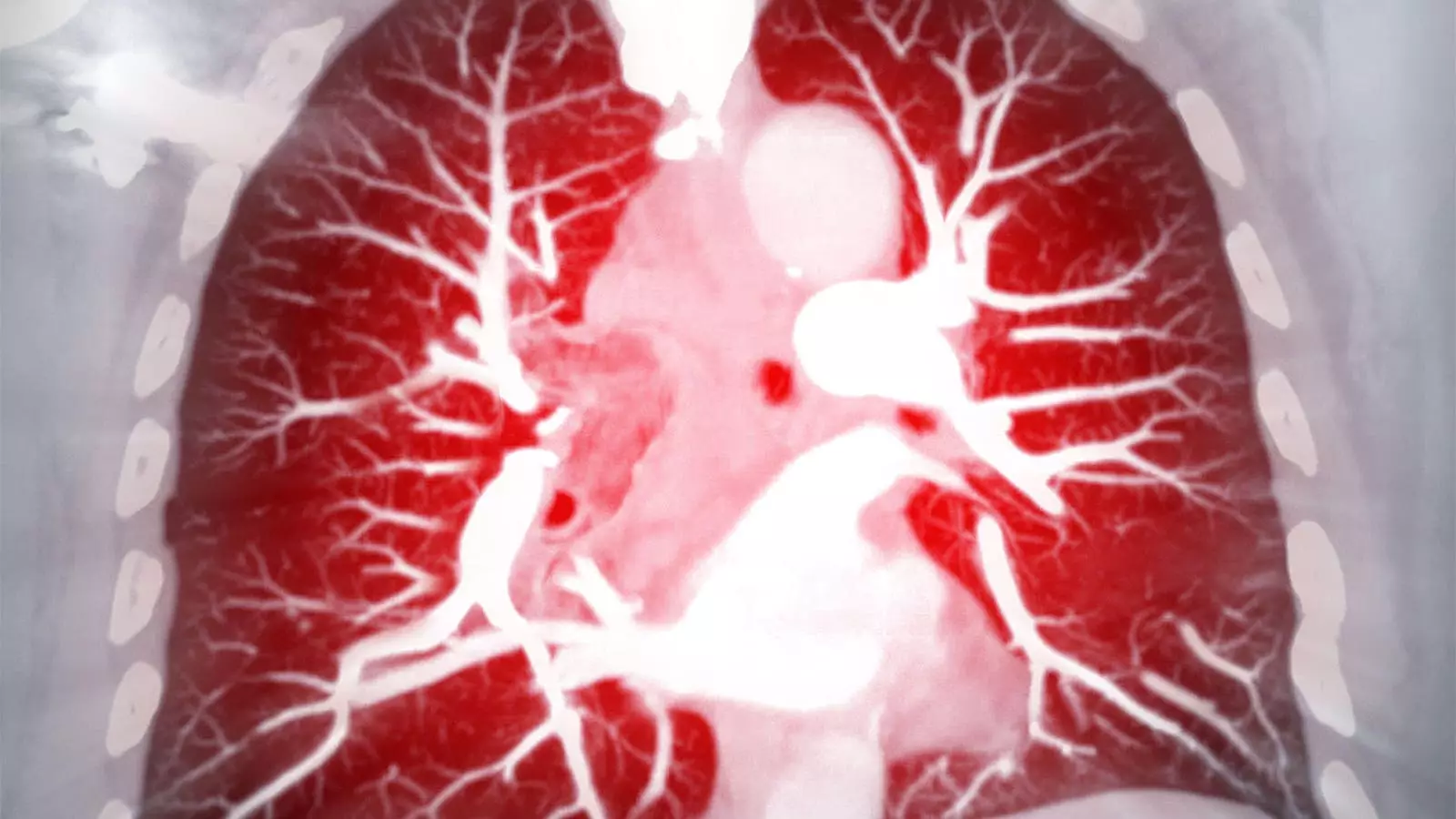Pulmonary arterial hypertension (PAH) represents a significant challenge in cardiopulmonary health, associated with high morbidity and mortality rates. Recent advancements have introduced new treatments that have altered the therapeutic landscape for this condition. In particular, two notable approvals from the FDA in March 2023—combination therapy macitentan/tadalafil (Opsynvi) and the biologic sotatercept (Winrevair)—are currently under scrutiny to assess their clinical uptake and efficacy. This article explores the pivotal factors, challenges, and successes surrounding these therapies in the management of PAH.
Sotatercept has stirred considerable excitement since its FDA approval as an activin-signaling inhibitor tailored for PAH treatment. This advanced therapy was not just anticipated based on its mechanism but was heralded as a new chapter in PAH management—aiming to enhance exercise capacity and mitigate the likelihood of clinical decline in affected individuals. The enthusiasm is underscored by positive results from the phase II PULSAR trial, which demonstrated significant improvements in patients’ overall well-being.
Dr. Kristin Highland, a prominent pulmonologist at the Cleveland Clinic, expressed optimism regarding the rapid adoption of sotatercept, highlighting its potential benefits over existing therapies. Further validation came from the recent ZENITH trial, wherein the intervention demonstrated substantial reductions in morbidity and mortality risks among high-risk PAH patients. These results prompted early termination of the trial, suggesting the intervention’s efficacy was compelling enough to warrant swift access to patients.
However, despite the promising outcomes, it is vital to approach this breakthrough with caution. Highland maintained that the long-term implications of sotatercept usage remain uncertain, particularly concerning potential side effects like bleeding and sustainability of its benefits. Such unknowns underscore the importance of ongoing research, such as the HYPERION trial, focusing on the efficacy of sotatercept in newly diagnosed patients with intermediate- to high-risk PAH.
While sotatercept enjoys a rapid uptake, the same cannot be said for the dual therapy macitentan/tadalafil (Opsynvi). Since its approval, Opsynvi has faced a slower adoption rate largely attributed to systemic barriers, particularly concerning insurance payor restrictions. The availability of generic formulations of its components and the cumbersome nature of prior authorization processes have made it less appealing for patients already managing their treatments amidst complicated medication regimens.
Highland noted that patients with PAH often face a convoluted landscape of prior authorization hurdles, making the initiation of a new therapy even less attractive. These organizational inefficiencies frustrate both healthcare providers and patients, impeding access to potentially beneficial treatments. Moreover, while macitentan/tadalafil represents an important advancement as the first single-tablet combination therapy for PAH, it takes time for evolving clinical practices to fully integrate such innovations.
Notably, combination therapy has been shown to improve compliance and patient satisfaction, addressing a critical gap with typical multi-drug regimens often totaling eight or nine medications. Advances seen in the A DUE trial, which demonstrated increased improvements in pulmonary vascular resistance, bring hope that this combination approach may provide significant clinical benefits for patients.
The Future Directions and Implications
Going forward, the therapeutic landscape for PAH is likely to undergo further transformations. The introduction of innovative treatments like sotatercept and macitentan/tadalafil reflects both the ongoing research efforts to refine PAH management and the need for a more patient-centered approach. Addressing long-standing barriers to treatment adoption—such as insurance restrictions and prior authorization processes—will be fundamental for maximizing patient access and enhancing overall treatment efficacy.
At present, the integration of new insights from ongoing clinical trials will inform best practices, allowing healthcare professionals to better navigate combinations of therapies tailored to individual patient needs. Further understanding the long-term durability and safety profiles of these therapies will be crucial. The anticipation for upcoming findings, particularly from pivotal studies like CADENCE regarding sotatercept’s impact on post-capillary pulmonary hypertension, may redefine existing treatment protocols.
The recent approvals of sotatercept and Opsynvi symbolize a progressive shift in managing PAH. While the initial excitement around sotatercept suggests a bright future for PAH therapies, the challenges surrounding Opsynvi’s adoption highlight the need for systemic change. Continuous dialogue among healthcare providers, researchers, and policymakers will be essential to ensure that advancements translate to tangible benefits for patients suffering from this complex disorder.


Leave a Reply